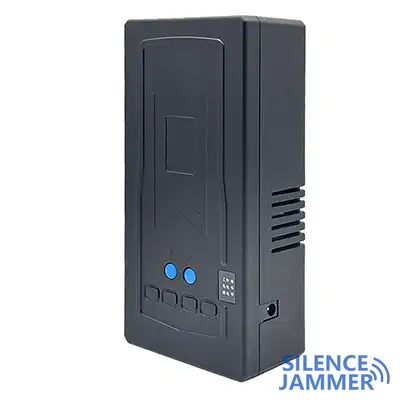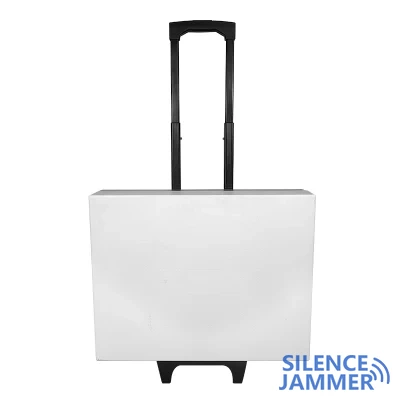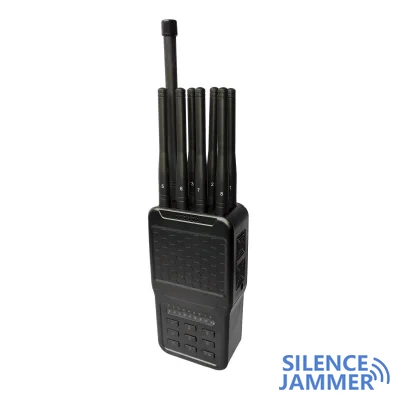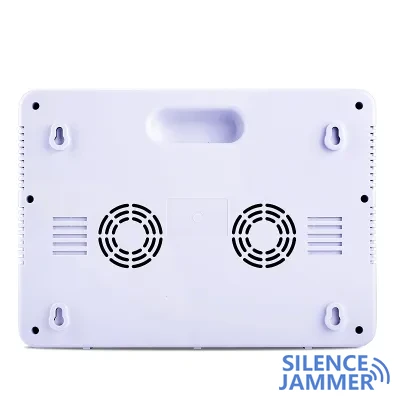With the rapid development of drone technology, drones are increasingly used in various fields. However, the illegal use of drones also brings many safety risks, such as privacy violations, mid-air collisions and terrorist attacks. In order to deal with these threats, Counter-UAS (C-UAS) technology emerged. Anti-drone technology is mainly divided into the following categories, each technology has its own unique characteristics and application scenarios.
1. Signal jamming technology (Jamming)
principle:
- A powerful radio interference signal is emitted through a signal jammer, which interferes with the control signal and navigation signal of the UAV, causing the UAV to lose control or return home.
advantage:
- It has a wide effective range and can interfere with multiple drones at the same time.
- Quick response, immediate results.
shortcoming:
- May interfere with other legal radio communications equipment.
- Drone operations can only be temporarily interrupted and the threat cannot be permanently addressed.
Application scenarios:
- High-security areas such as airports, government agencies, and military bases.

2. Physical Interception Technology
principle:
- Capture or destroy drones through physical means, including net guns, interceptor drones, laser weapons, and anti-aircraft missiles.
advantage:
- It can directly eliminate threats and the effect is significant.
- It has high accuracy and can lock and capture the target drone.
shortcoming:
- The cost is high and the operation is complicated.
- There is a risk of accidentally injuring other objects.
Application scenarios:
- Large-scale event sites such as sports events and concerts, as well as emergency protection in military operations.

3. Radar Detection and Tracking Technology
principle:
- The radar system is used to emit electromagnetic waves, detect and analyze the reflected signals, and determine the position, altitude and speed of the drone.
advantage:
- Large coverage area, suitable for large-area monitoring.
- It can provide accurate drone flight data and assist other countermeasures.
shortcoming:
- The detection effect of small and low-flying drones is poor.
- Requires higher technical level and equipment cost.
Application scenarios:
- Airports, border prevention and control, urban security and other places that require large-scale monitoring.

4. Photoelectric detection technology (Electro-Optical Detection)
principle:
- Use infrared cameras, optical cameras and other optoelectronic equipment to visually monitor and identify drones.
advantage:
- High-resolution images and videos are available for easy identification and evidence collection.
- Suitable for all weather and light conditions.
shortcoming:
- The detection range is limited and the field of view is greatly affected by obstacles.
- Monitoring of small and fast-moving drones is not effective.
Application scenarios:
- Government agencies, commercial centers and other areas that require fine monitoring.

5. Drone Identification and Authentication system (Drone Identification and Authentication)
principle:
- Radio frequency identification (RFID), electronic fence and other technologies are used to authenticate drones entering specific areas. Drones that fail to pass verification will be identified as illegal.
advantage:
- Ensure that only legal drones have access to specific areas.
- The system can automatically identify and authenticate, reducing manual intervention.
shortcoming:
The drone is required to be equipped with specific identification devices.
- Countermeasures cannot be implemented against drones that are not equipped with identification devices.
Application scenarios:
- Areas around important facilities, government agencies, commercial centers and other areas where drone flights need to be strictly controlled.

6. Network intrusion and control technology (Cyber Takeover)
principle:
- By invading the control system of the drone, it obtains control rights and issues landing or return instructions.
advantage:
- Ability to land drones safely and avoid physical damage.
- Suitable for occasions requiring low destructiveness and controllability.
shortcoming:
- Requires superb network attack skills.
- Applies only to vulnerable UAS.
Application scenarios:
- Urban security, public places and other occasions that require low-destructive intervention.
There are many types of counter-drone system technologies, each with its own unique advantages, disadvantages and applicable scenarios. In practical applications, it is often necessary to combine multiple countermeasures technologies to form a comprehensive protection system to deal with the diverse threats posed by drones. In the future, with the continuous development of drone technology and countermeasures technology, anti-drone systems will be more intelligent and efficient, providing more comprehensive guarantees for social security.


